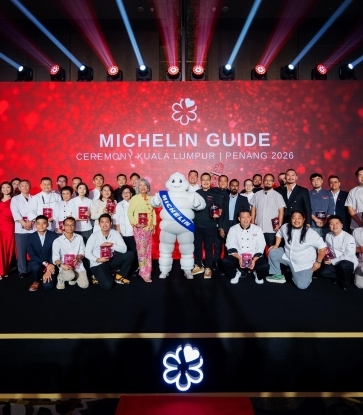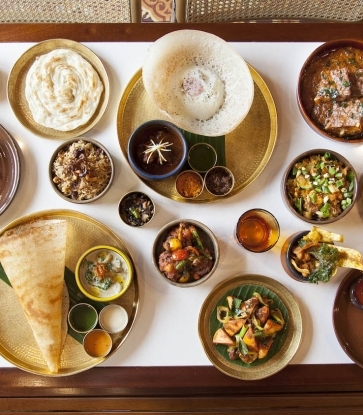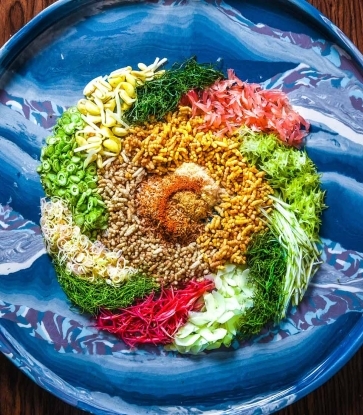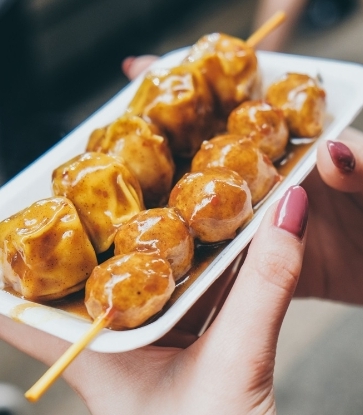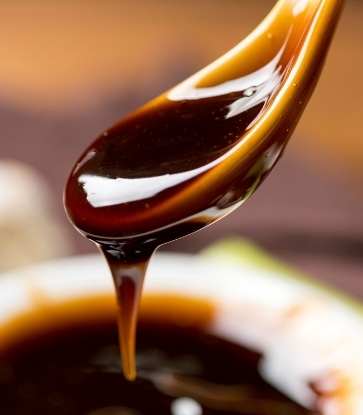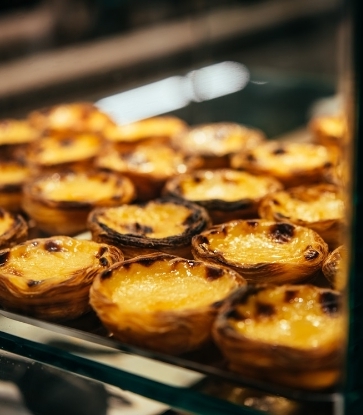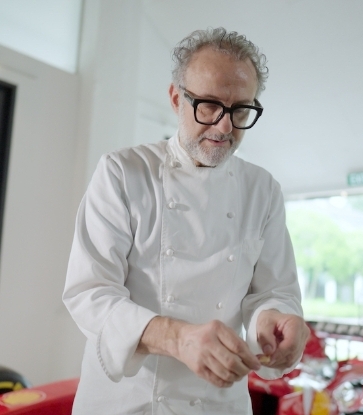Two chefs, one unlikely main ingredient. The simple soybean takes the spotlight at both One-MICHELIN-Star Mora and Bib Gourmand Kung Wo Beancurd Factory. On one end of the culinary spectrum is executive chef Ming Fai Choi (winner of the MICHELIN Young Chef Award Hong Kong & Macau 2024) of Mora, who reimagines soy through a modern, fine-dining lens, blending French techniques with Asian traditions. At the other is Renee So, second-generation owner of Kung Wo Beancurd Factory, a decades-old establishment rooted in tradition, serving soy-based street food that evokes nostalgia for generations of Hong Kongers.
Despite their vastly different philosophies and methods, both have earned MICHELIN recognition, honoring the same ingredient in distinct yet equally compelling ways. So, how did this humble soybean captivate both chefs and become such an integral part of Hong Kong’s culinary identity?
How The Soybean Became Hong Kong’s Star Ingredient
The soybean’s journey from ancient Chinese remedy to MICHELIN-star muse spans two millennia. Legend credits Han Dynasty prince Liu Ān with its discovery when he ground soybeans into milk for his ailing mother, accidentally creating the first tofu by adding gypsum powder — a culinary accident that would shape entire food cultures.
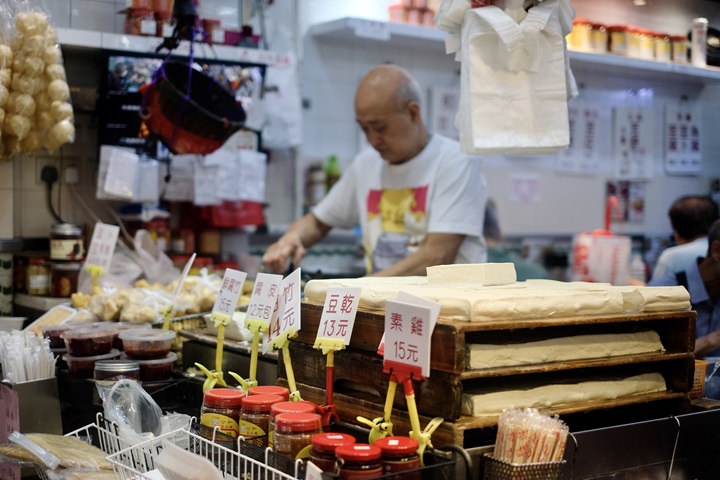
In Hong Kong, few places embody the soybean’s enduring legacy like Kung Wo Beancurd Factory. Since 1893, its stone grinders have roared to life at midnight, transforming soybeans into silken curds using methods unchanged through generations. The Sham Shui Po shop is now among the last survivors of Hong Kong’s soy heyday, when over 100 such storefronts fed the city’s working class. “Back then, meat was a luxury,” says So. “Our tofu pudding wasn’t just dessert — it was vital, affordable protein for families. Even now, many tell me eating it takes them back to their childhood.”
RELATED: Kung Wo Beancurd Factory: Soy Products to Take You Down Memory Lane
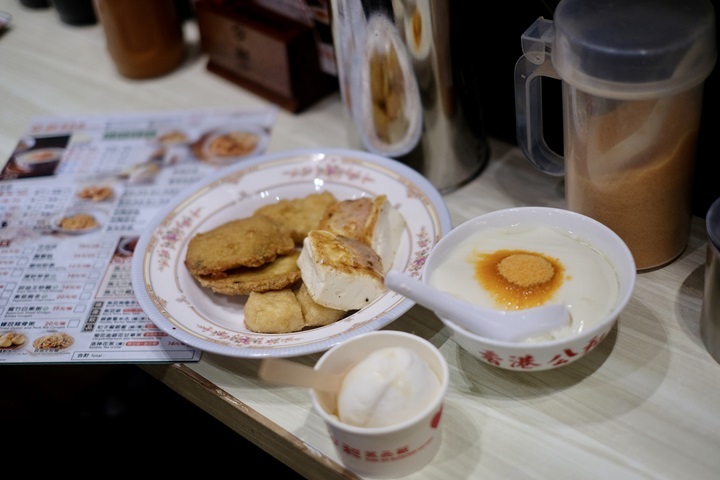
That nostalgia resonates across the city at Mora. “Growing up, my primary school memories are filled with the comforting taste of soy milk, especially when it is paired with fresh pineapple buns,” reminisces Choi. “I have a particular fondness for traditional soy milk shops that still make their own soy milk daily.”
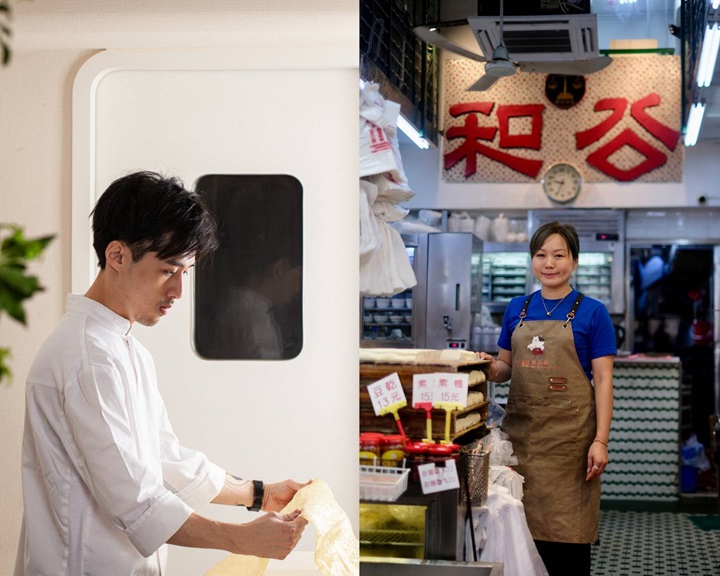
But in Hong Kong’s restless culinary landscape, even 2,000-year-old traditions find new expressions. In 2021, chef-owner Vicky Lau’s “Ode to Tofu” menu at Two-MICHELIN-Star restaurant Tate explored soy’s potential through French techniques, revealing its untapped fine dining potential. The menu’s success inspired Lau to establish “Ān Soy” – their own soy product line that bridges traditional Chinese methods with cutting-edge Japanese technology. This would blossom into the soy-focused restaurant Mora the next year, where Choi now explores soy’s endless possibilities.
RELATED: Small Great Things: The MICHELIN Green Star Restaurant Championing Sustainability with a Bean

Adapt, Adapt, and Adapt: Preserving Tradition With Innovation
Tradition doesn’t mean being stuck in the past, especially for a century-old establishment that has weathered many storms. When So took over the 126-year-old business from her mother, she faced an existential dilemma. “There were over 100 soy workshops in 1960s Hong Kong,” she notes. “Now? We’re one of the few left.” Her solution blended tradition with necessary innovation. The million-dollar renovation added Instagram-friendly murals depicting traditional soy-making alongside modern food safety equipment.

Strategic collaborations became Kung Wo’s bridge to new generations and global audiences. The “Soy Symphony” menu with MICHELIN-selected restaurant Ming Court(Mong Kok) showcased their tofu in new contexts, including being sliced into translucent 2mm sheets with morel mushrooms and paired unexpectedly with local green lobster in a classic Mapo Tofu dish. Their partnership with Italian brand Venchi yielded a wildly popular tofu pudding gelato that became an instant summer sensation.
“Tourists couldn’t grasp plain tofu pudding,” So says, “But our old customers would riot if we changed the original recipe.” The solution? Honor both, offering traditional tofu pudding alongside creative interpretations.
RELATED: The Ultimate Guide to Mong Kok: Where to Eat, Stay, and Shop

For So, this constant reinvention mirrors Hong Kong’s own story. “Soy seems so small and insignificant, just like Hong Kong on the world map. But we’re also adaptable and versatile, and made a global impact in many of our industries. Perhaps that is why this tiny soybean is so tied to our culinary identity — it tells the story of us.”
Soy Reimagined: Inside Mora’s Laboratory
At Mora, innovation also begins at the molecular level with Ān Soy — their precision-engineered product line that applies Japanese milling technology to grade one soybeans. These bespoke soy milks and tofus supply not just Mora’s kitchen but elite collaborators like Three-MICHELIN-Star Amber and One-MICHELIN-Star Cristal Room by Anne Sophie Pic, each batch tailored for specific culinary applications.
RELATED: No Dairy, No Limits: The Reinvention That Earned Amber a Third MICHELIN Star

Like culinary alchemists, Choi and his team unlock flavors and textures hidden in the soybean. “Modern techniques help us uncover what soy has always contained,” he explains. Their discoveries include repurposing soy whey, typically discarded, for its meaty umami in plant-based dishes, and mastering temperature-controlled processes to manipulate tofu’s texture with scientific precision.
The results transform soy into edible revelations. The chilled lobster udon demonstrates how soy milk broth’s emulsion properties amplify the shellfish’s natural sweetness (right image©Mora). The crispy tofu with pine nut sauce achieves velvety perfection through exacting oil-temperature control. Choi’s signature tofu tartlet — currently featuring local tomatoes with soy mascarpone — showcases how seasonal produce elevates soybean to star status on white tablecloth-adorned tables.

For Choi, this technical precision serves a larger vision. “In 10 years, I hope more chefs will reinvent local soy in everyday dishes — blending heritage with innovation,” he says. It’s a future where food science honors tradition, and sustainability needn’t compromise taste.
RELATED: Tate Chef Vicky Lau On Being 'Girly' In The Kitchen

Chopsticks and Tweezers: Why They Both Matter
Hong Kong’s culinary identity thrives on duality. In Sham Shui Po, soy remains an affordable staple — steaming bowls of tofu pudding sustaining generations of workers with no signs of stopping. Nine kilometers away in Sheung Wan, those same beans transform into elevated fine dining for gourmands and tourists alike, their proteins restructured into mascarpone and foams.
This dichotomy is the city’s story in a nutshell: a place where traditional stone grinders and modern soy machines operate in parallel, where a single ingredient can symbolize both comfort and ambition. The MICHELIN Guide’s simultaneous recognition of both — Bib Gourmand for value, One Star for innovation — validates Hong Kong’s unique ability to honor tradition while reinventing it daily.
Whether served in a chipped ceramic bowl or on bespoke tableware, the humble soybean continues to tell Hong Kong’s “soy story” — one adaptable, resilient bite at a time.
Further Reading: The Evolution of Char Siu: A Timeless Delicacy Across Generations




